Most vacuum pump hardware is made from stainless steel or aluminum because of those materials’ strength and gas non-permeability. Read More…
Founded in 1885, Becker is still family owned and a leader in innovation. From their innovative products & designs to their team of loyal, experienced & talented employees, you will find the solutions you are looking for at Becker. Becker’s vacuum pumps are of the highest quality and you are guaranteed to go home satisfied and continue to be satisfied in the many years to come.

GlobalVac & Air was founded in 1994 and is a leading supplier and packager of medical, lab and industrial vacuum systems. We specialize in rotary dry claw, liquid ring, rotary vane and rotary screw technology. Call us today for innovative solutions to all of your pumping needs!

In business since 1950, Osaka Vacuum is a manufacturer of highly reliable vacuum systems, industrial vacuum pumps, and vacuum pumping systems. Products include dry vacuum pumps, roots vacuum pumps, turbo molecular pumps, rotary vane vacuum pumps, liquid-ring vacuum pumps, oil-sealed vacuum pumps and more. Our motto is "reliable, long lasting products that give you safety and satisfaction.

As an industry leader with over 50 years of experience providing the best vacuum pump solution for customers, DEKKER is an ISO 9001:2015 certified company that delivers superior products & service. Our custom engineered systems meet even the most demanding applications, from aeronautical to waste water & everything in between. Call DEKKER today with any questions or check out our helpful website!

More Vacuum Pump System Manufacturers
A perfect vacuum is a space in which no matter is present. No perfect vacuum exists in reality, and no machinery can create one. But industrial vacuum pumps can achieve varying degrees of artificial evacuation for uses in many industries and applications.
Low vacuums, which are partial vacuums with relatively high levels of residual atmosphere, can be created by small vacuum pumps for light industrial tasks. Many light bulbs, for example, must be partially evacuated or filled with an inert gas in order to function.
For many other applications, though, higher degrees of evacuation are necessary. In laboratory applications, high-tech electronics fabrication and some contexts in the healthcare industry, vacuums with very low levels of atmospheric pressure can be necessary. High and ultra high vacuums are necessary for creating these kinds of vacuums, and in some cases, a series of vacuum pumps may be connected to the same inlet line.
There are three main categories of vacuum pumps: positive displacement, momentum transfer and entrapment pumps.
Positive displacement pumps expand one part of a vacuum chamber while collapsing another; this compresses the gas inside and causes it to be evacuated. Momentum transfer pumps facilitate repeated collisions between gas molecules and rotors or steam jets that impart momentum and direct the molecules out of the chamber.
Entrapment pumps use condensation created by rapid heating and cooling to compress and trap gas molecules in a solid or absorbed state. Each pump variety can be used in conjunction with another to create vacuums of varying pressure levels. For example, a positive displacement pump, an absorption pump and a momentum transfer pump could be used to bring pressure down from 760 Torr to as low as 10 Torr (1 Torr is equal to the fluid pressure exerted by 1 mm of mercury at sea level).
Within those three vacuum pump categories, all vacuum pumps can be categorized as either wet or dry. If the vacuum uses oil for lubrication or a ring of liquid sealant, that system is considered to be a wet system. Dry vacuum pumps are systems that make no use of any liquids at any time.





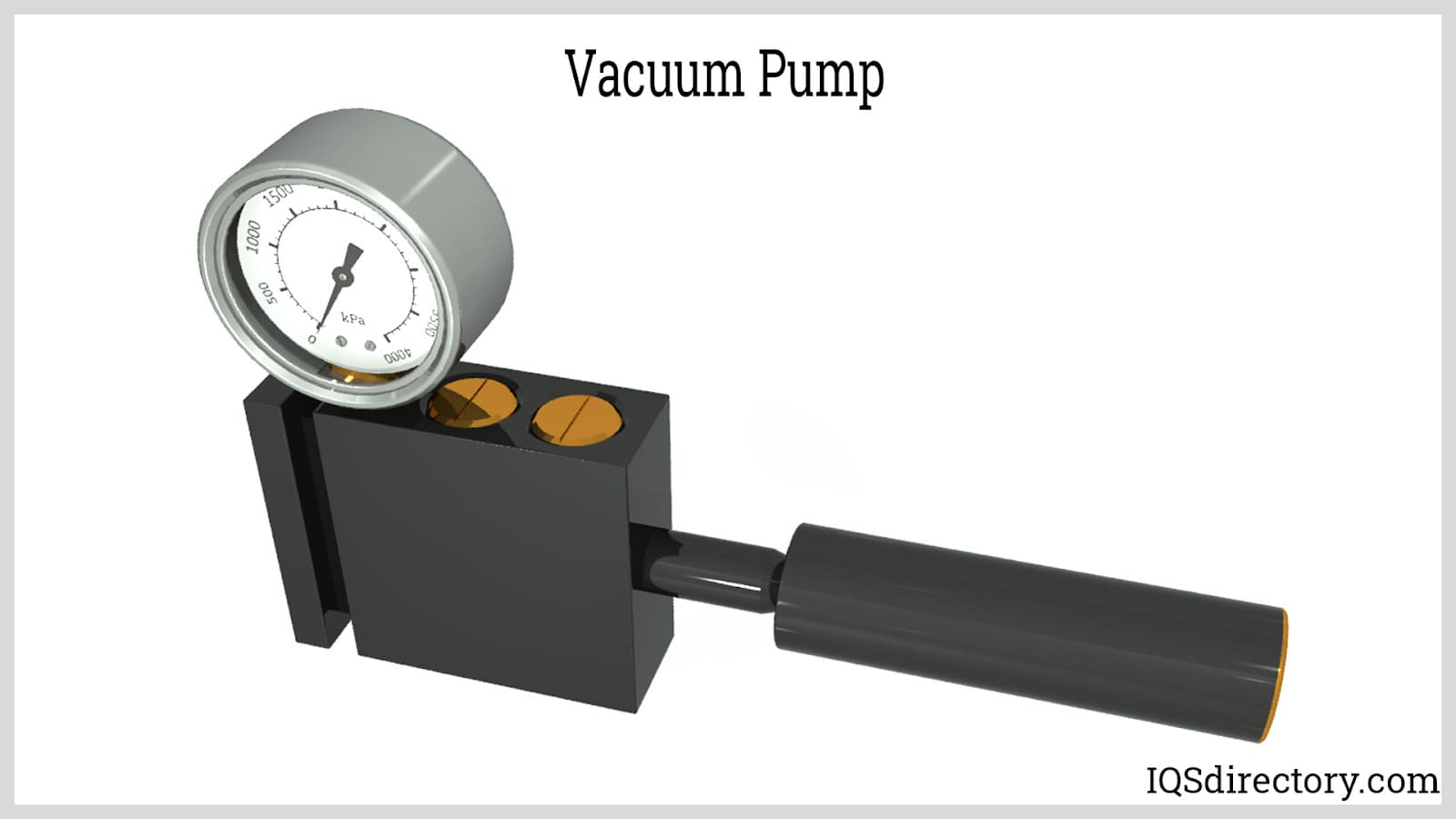
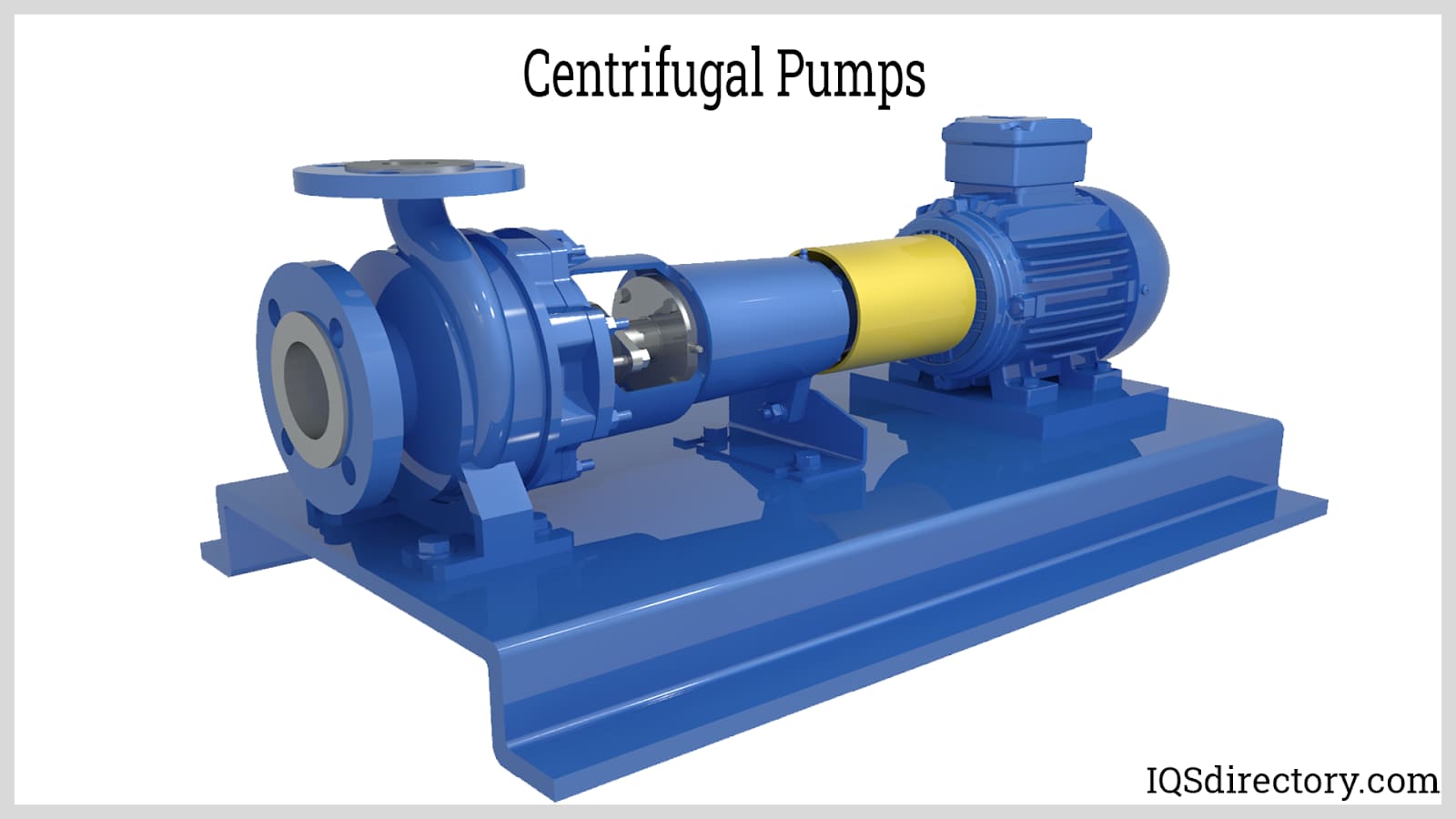
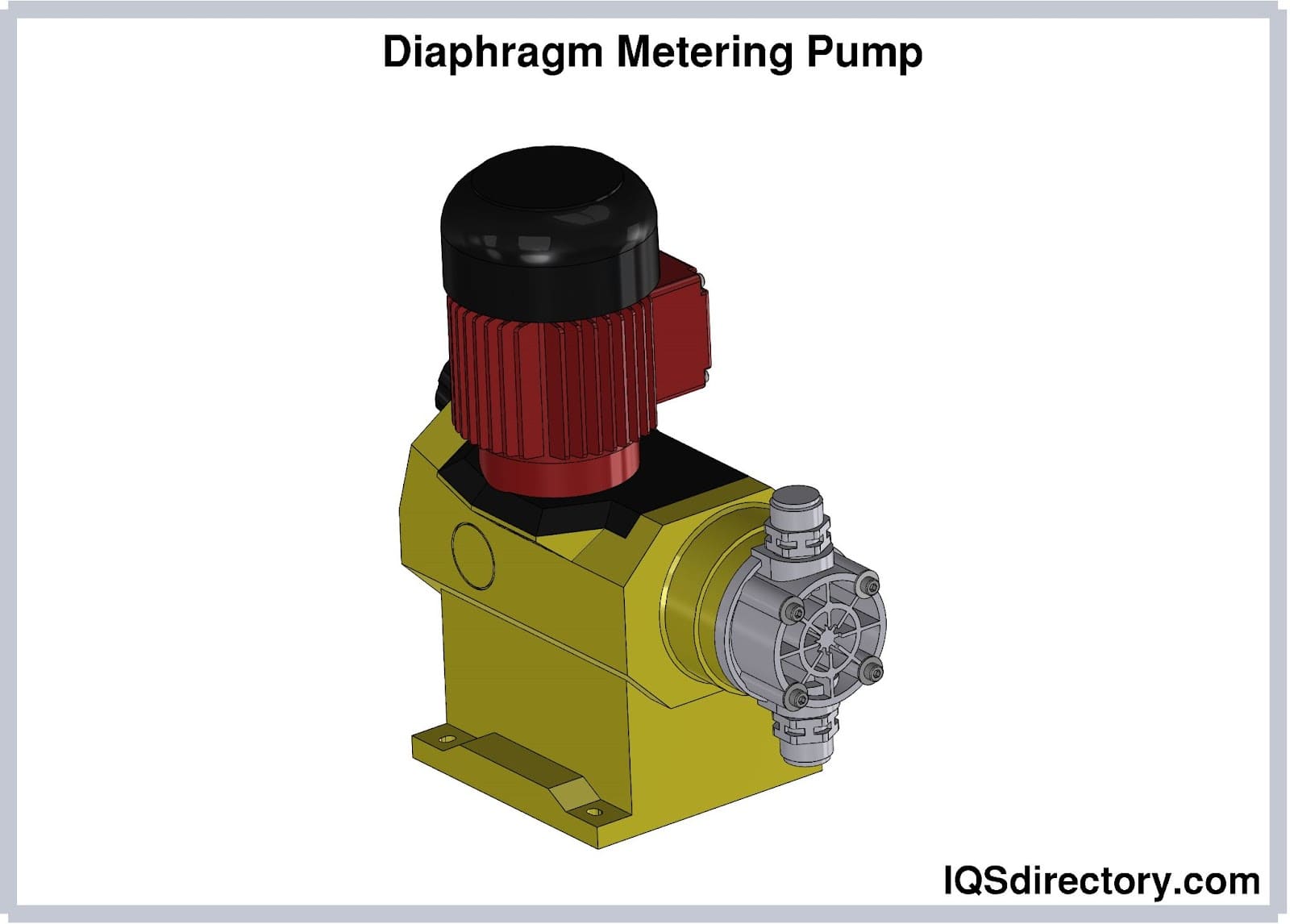
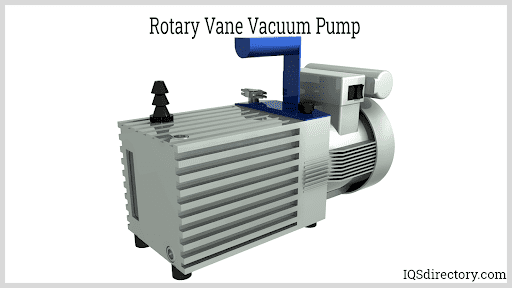
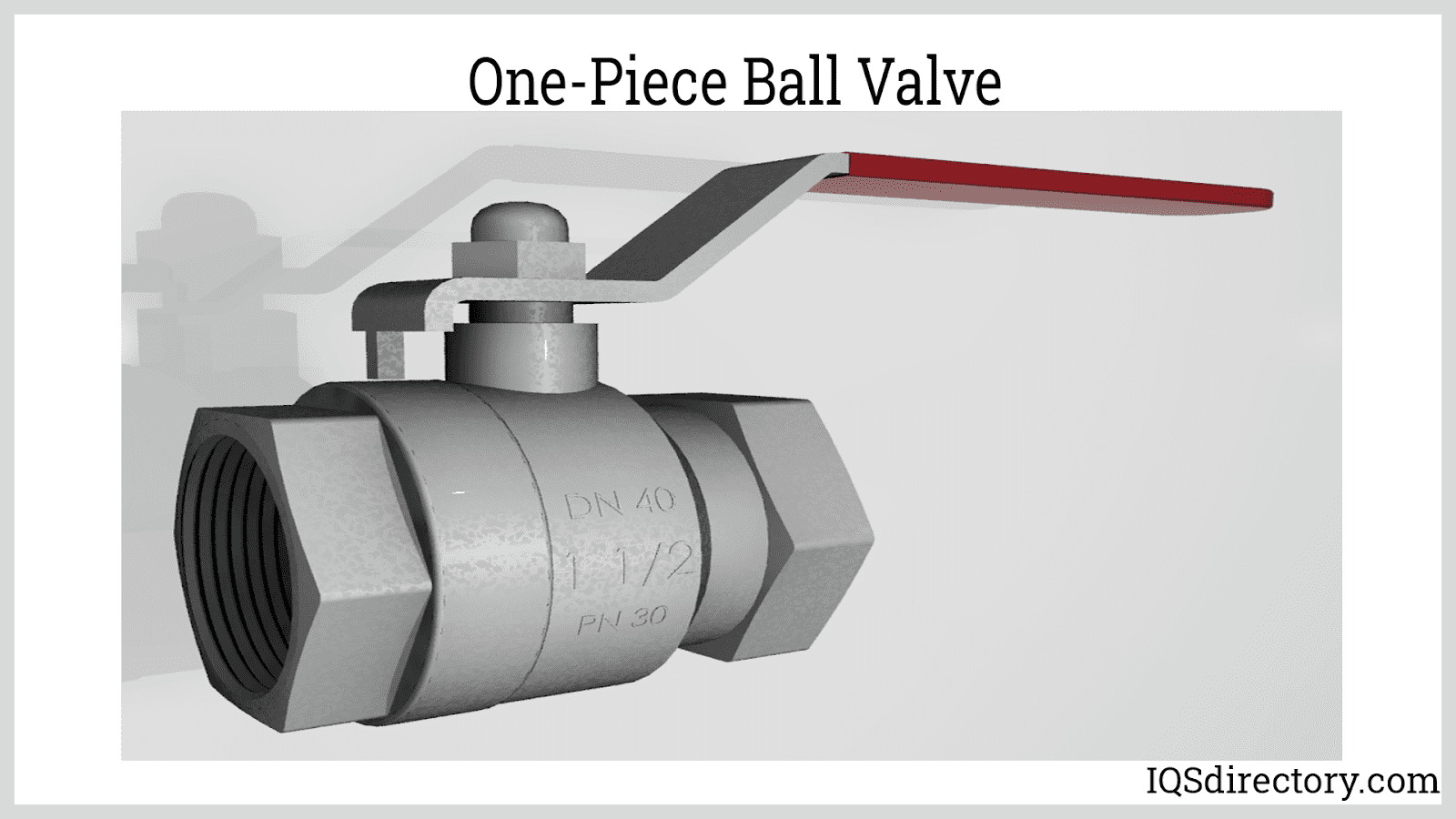
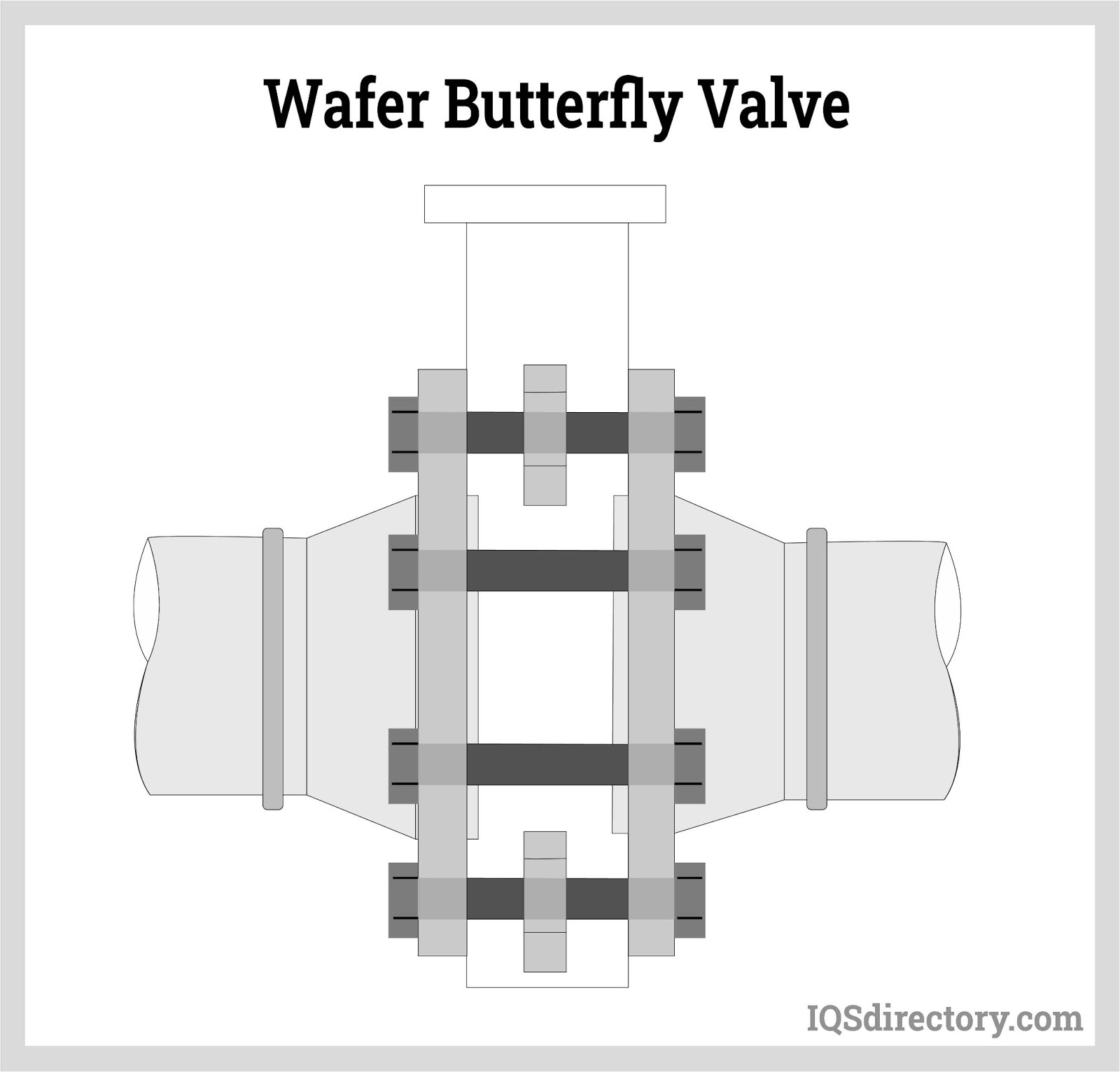
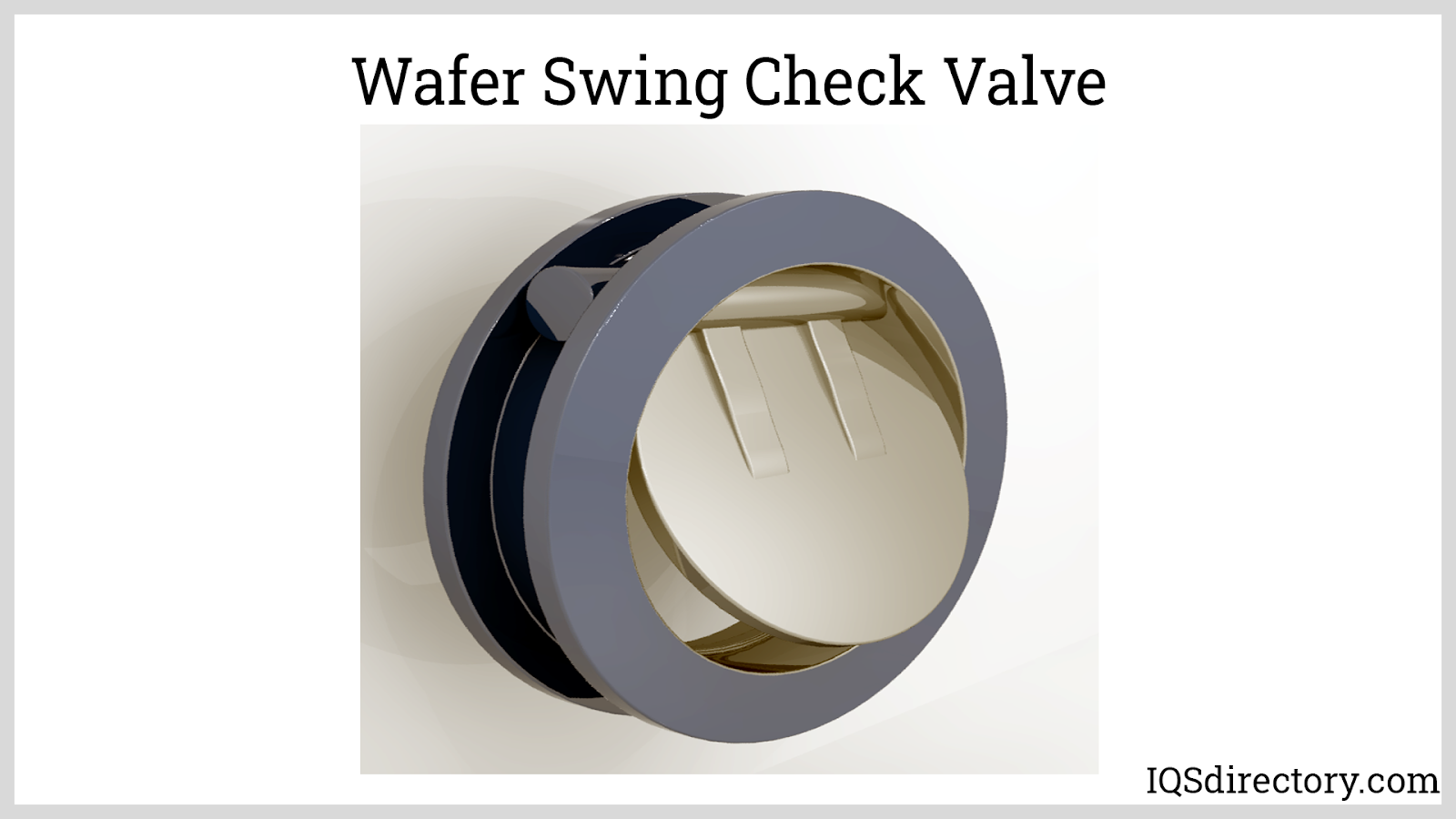
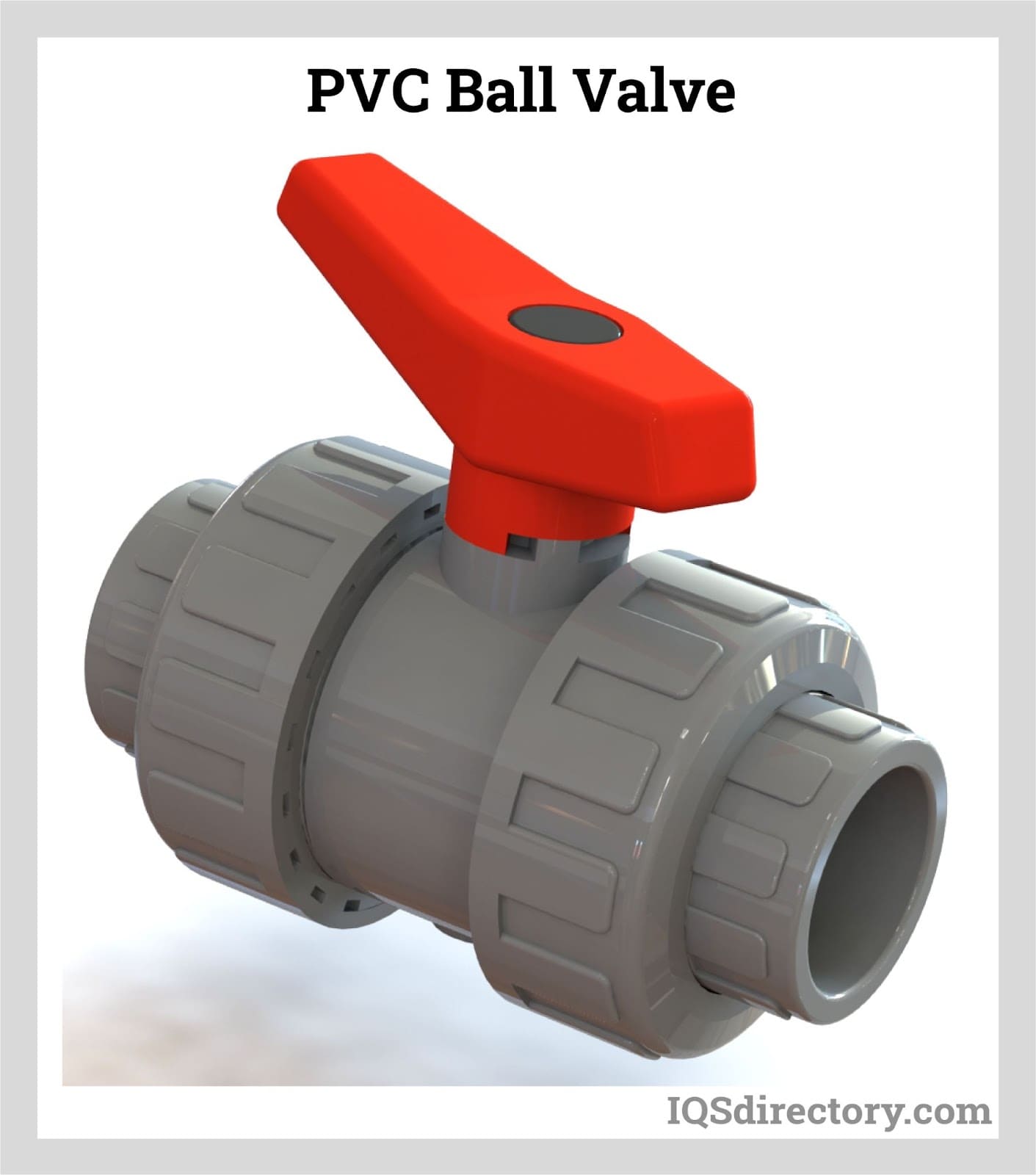
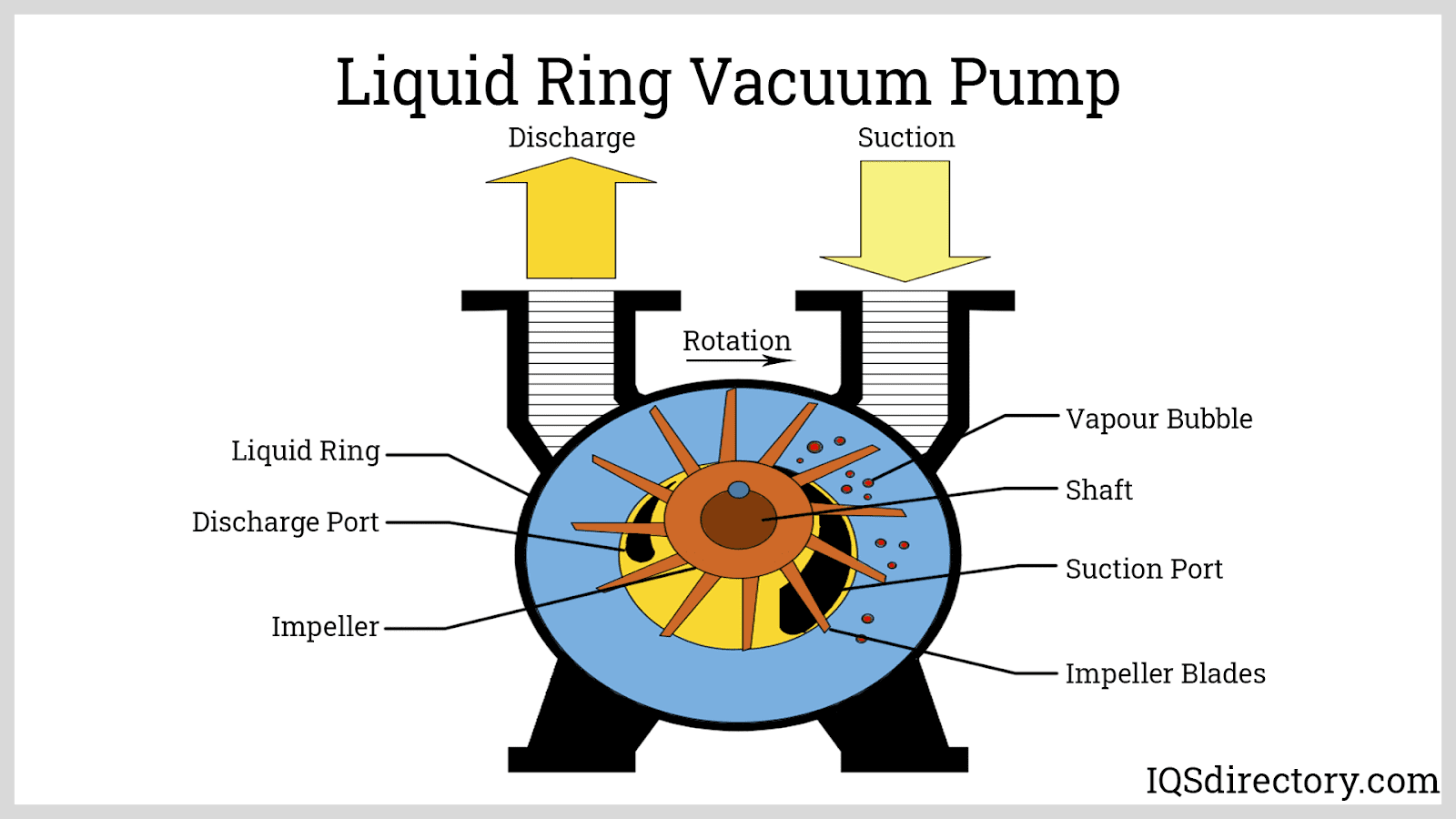
 Ball Valves
Ball Valves Butterfly Valves
Butterfly Valves Centrifugal Pumps
Centrifugal Pumps Check Valves
Check Valves Diaphragm Valves
Diaphragm Valves Flow Meters
Flow Meters Hydraulic Pumps
Hydraulic Pumps Hydraulic Valves
Hydraulic Valves Metering Pumps
Metering Pumps Solenoid Valves
Solenoid Valves Vacuum Pumps
Vacuum Pumps Castings & Forgings
Castings & Forgings Bulk Material Handling
Bulk Material Handling Electrical & Electronic Components
Electrical & Electronic Components Flow Instrumentation
Flow Instrumentation Hardware
Hardware Material Handling Equipment
Material Handling Equipment Metal Cutting Services
Metal Cutting Services Metal Forming Services
Metal Forming Services Metal Suppliers
Metal Suppliers Motion Control Products
Motion Control Products Plant & Facility Equipment
Plant & Facility Equipment Plant & Facility Supplies
Plant & Facility Supplies Plastic Molding Processes
Plastic Molding Processes Pumps & Valves
Pumps & Valves Recycling Equipment
Recycling Equipment Rubber Products & Services
Rubber Products & Services